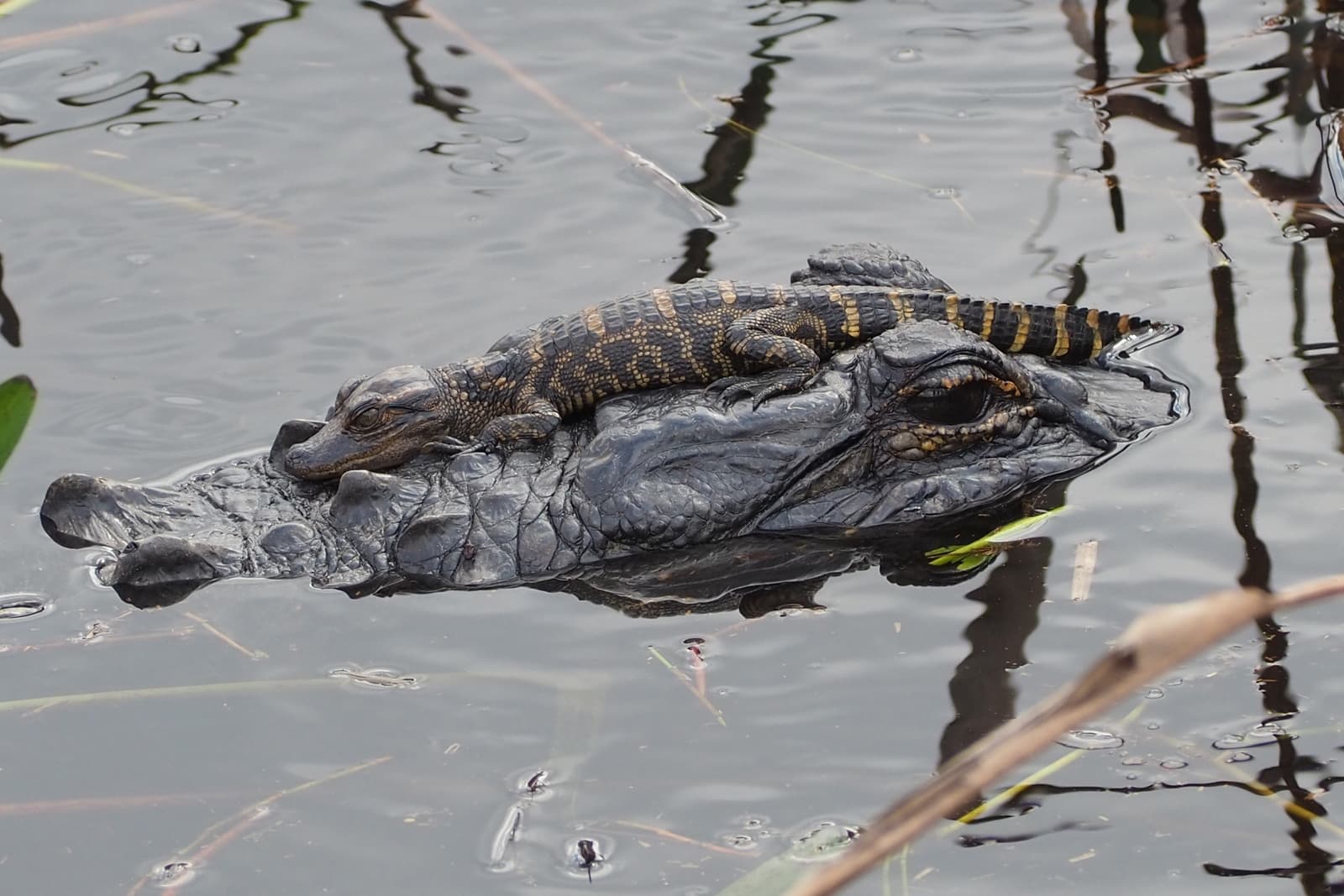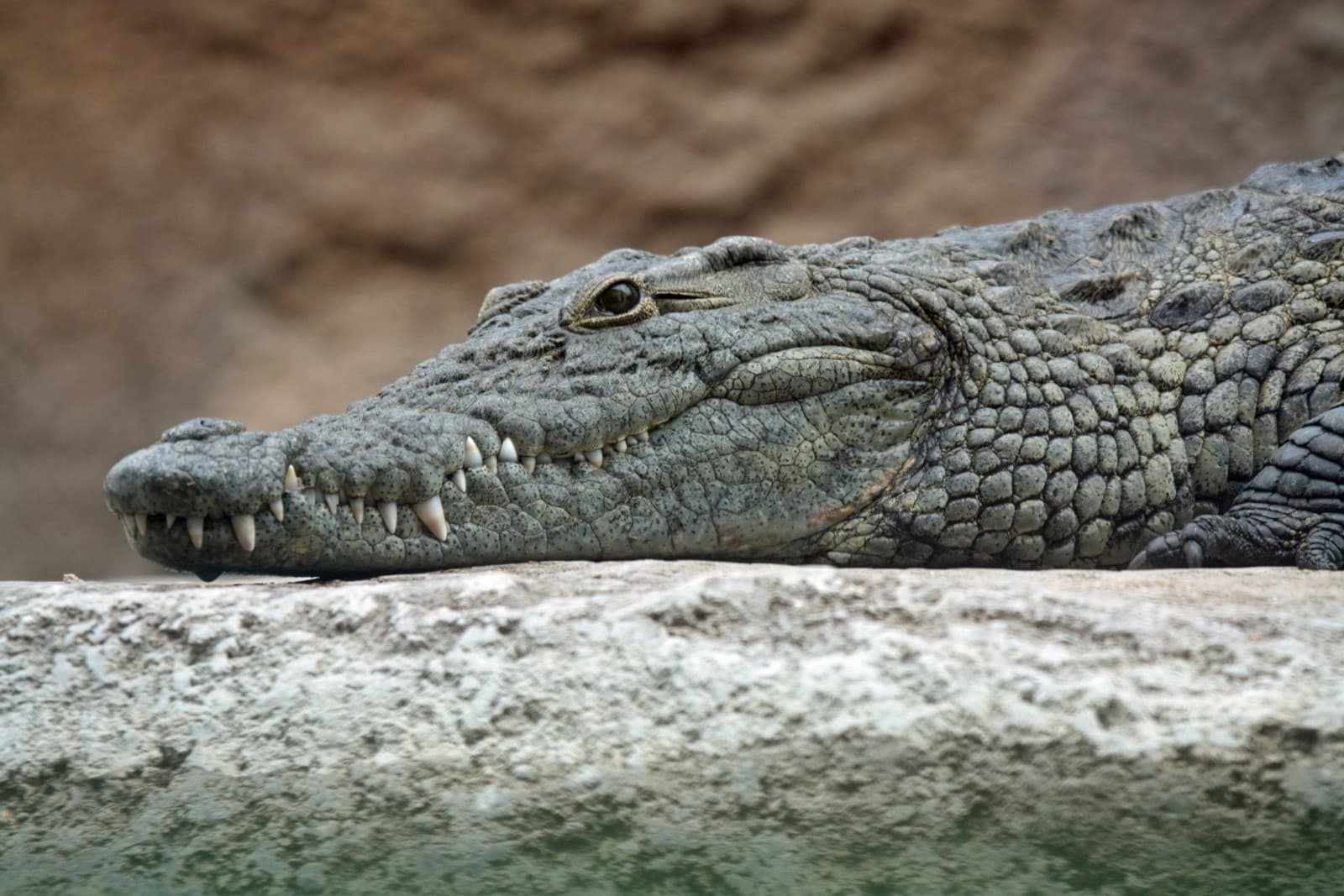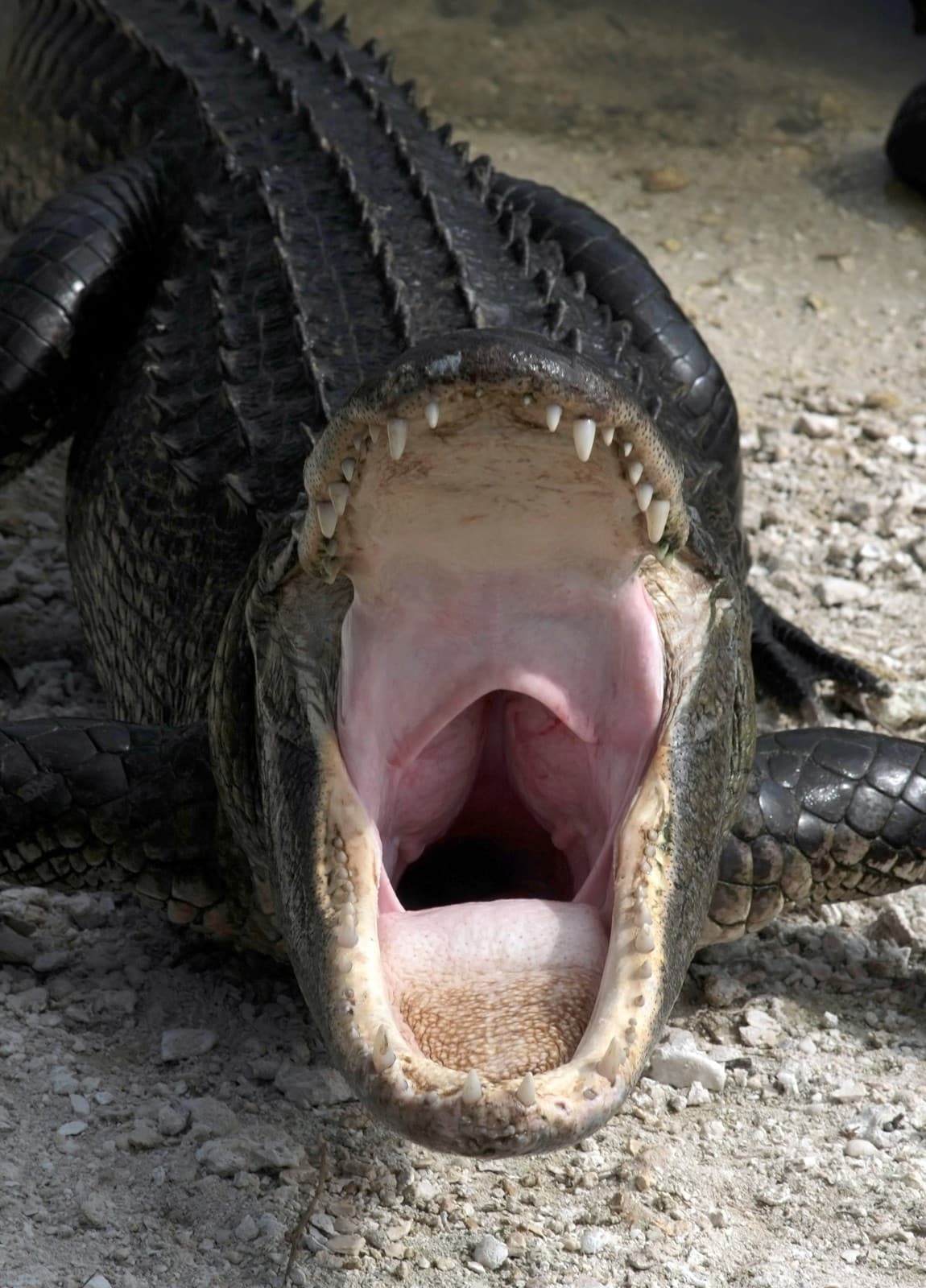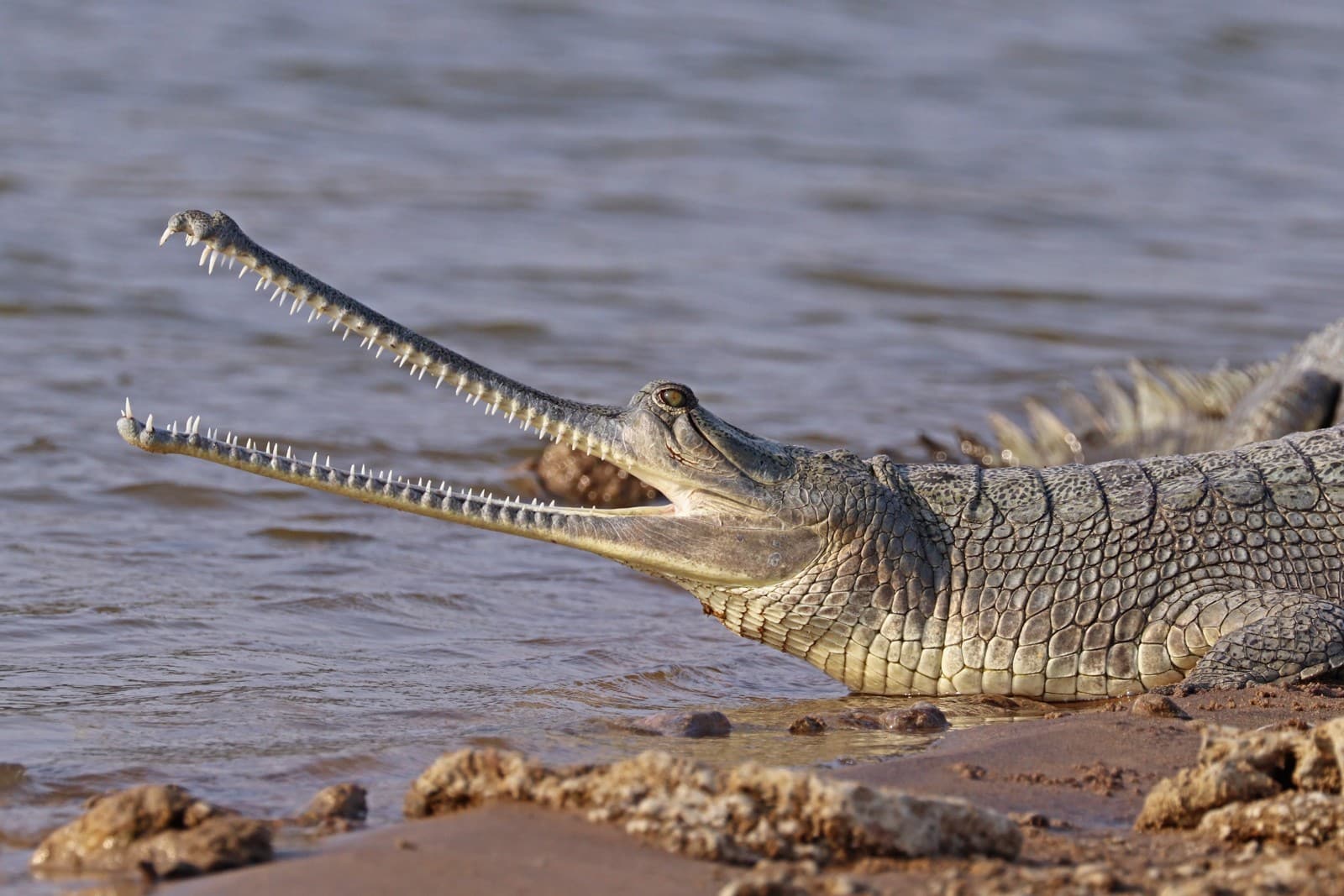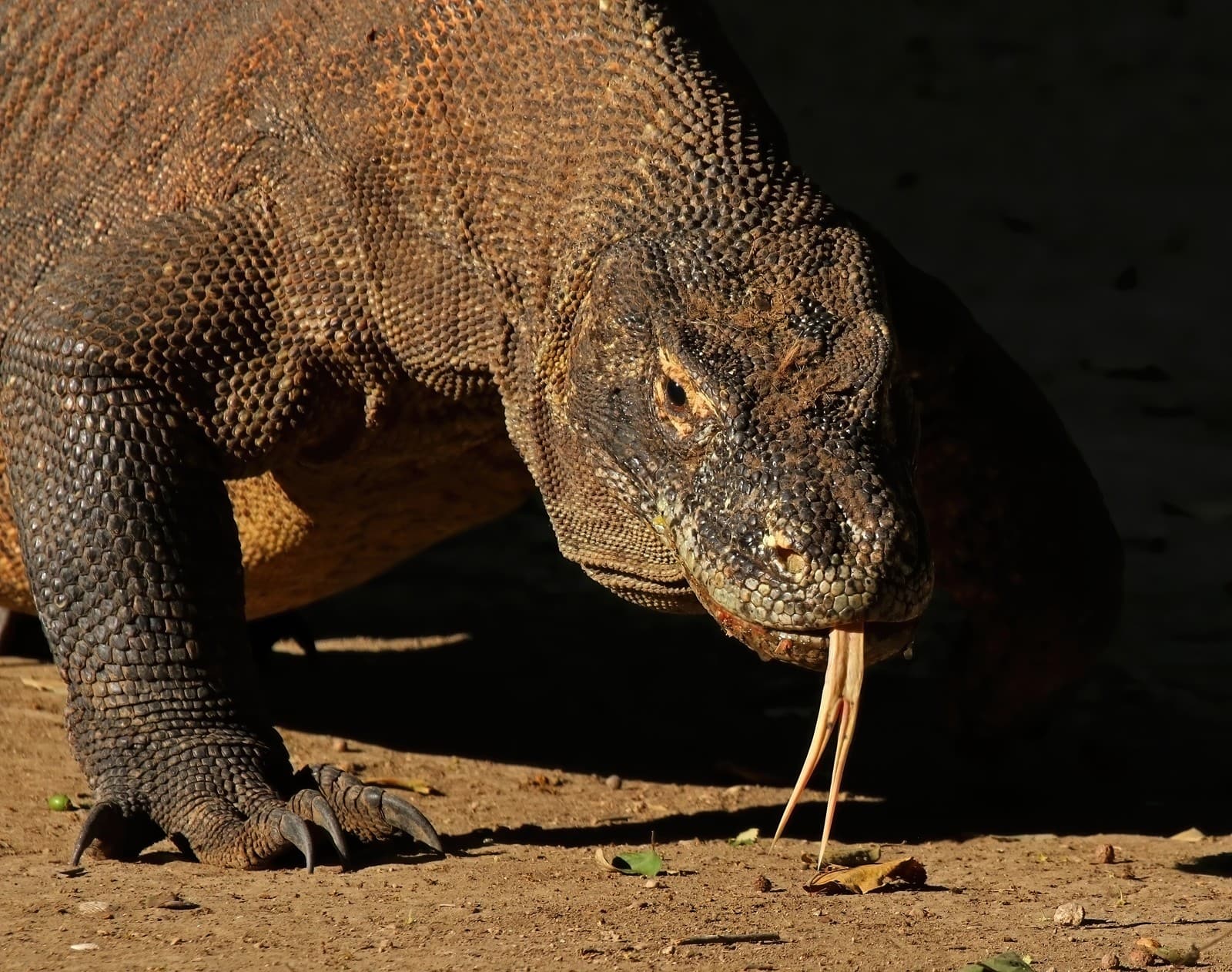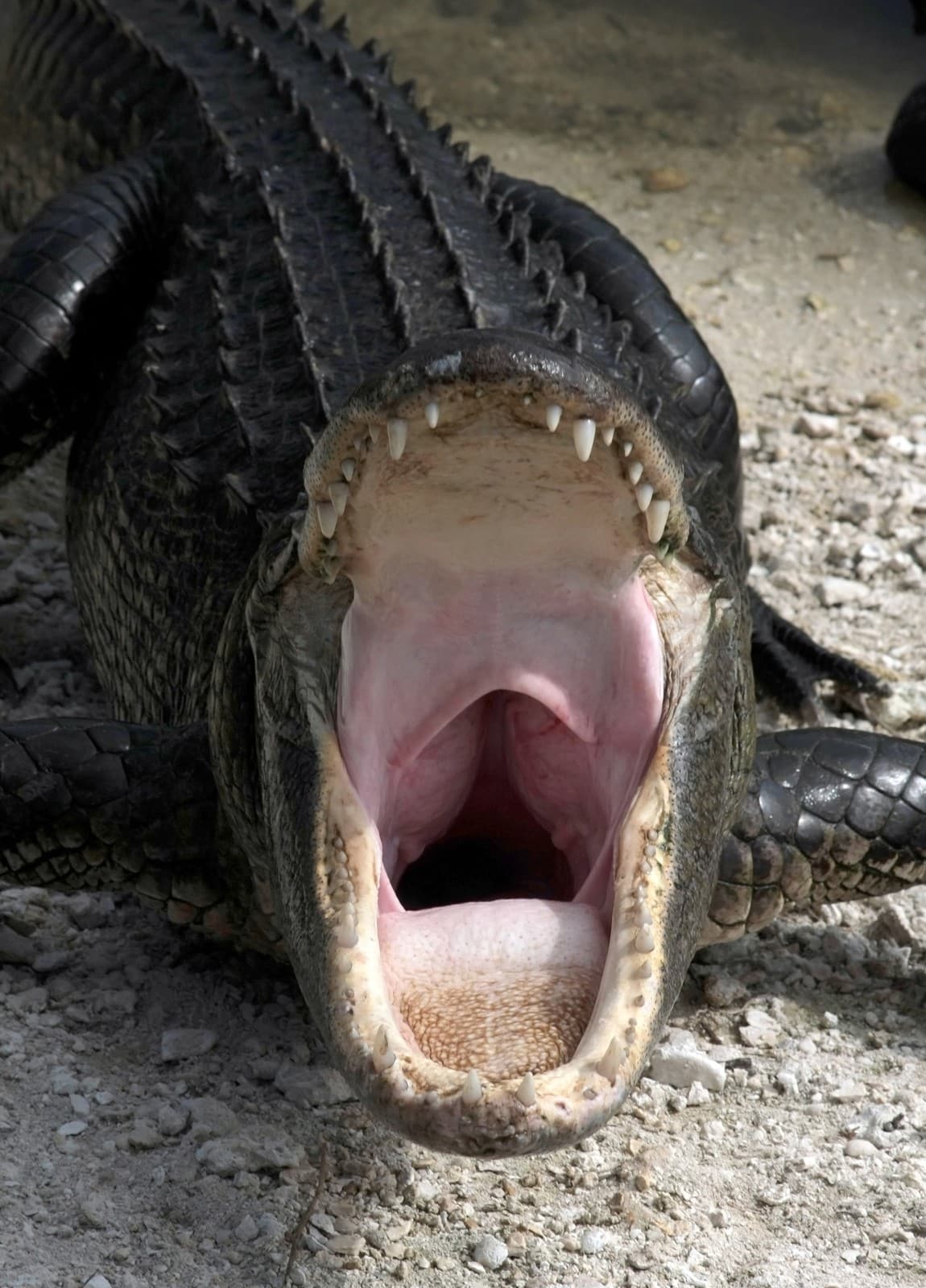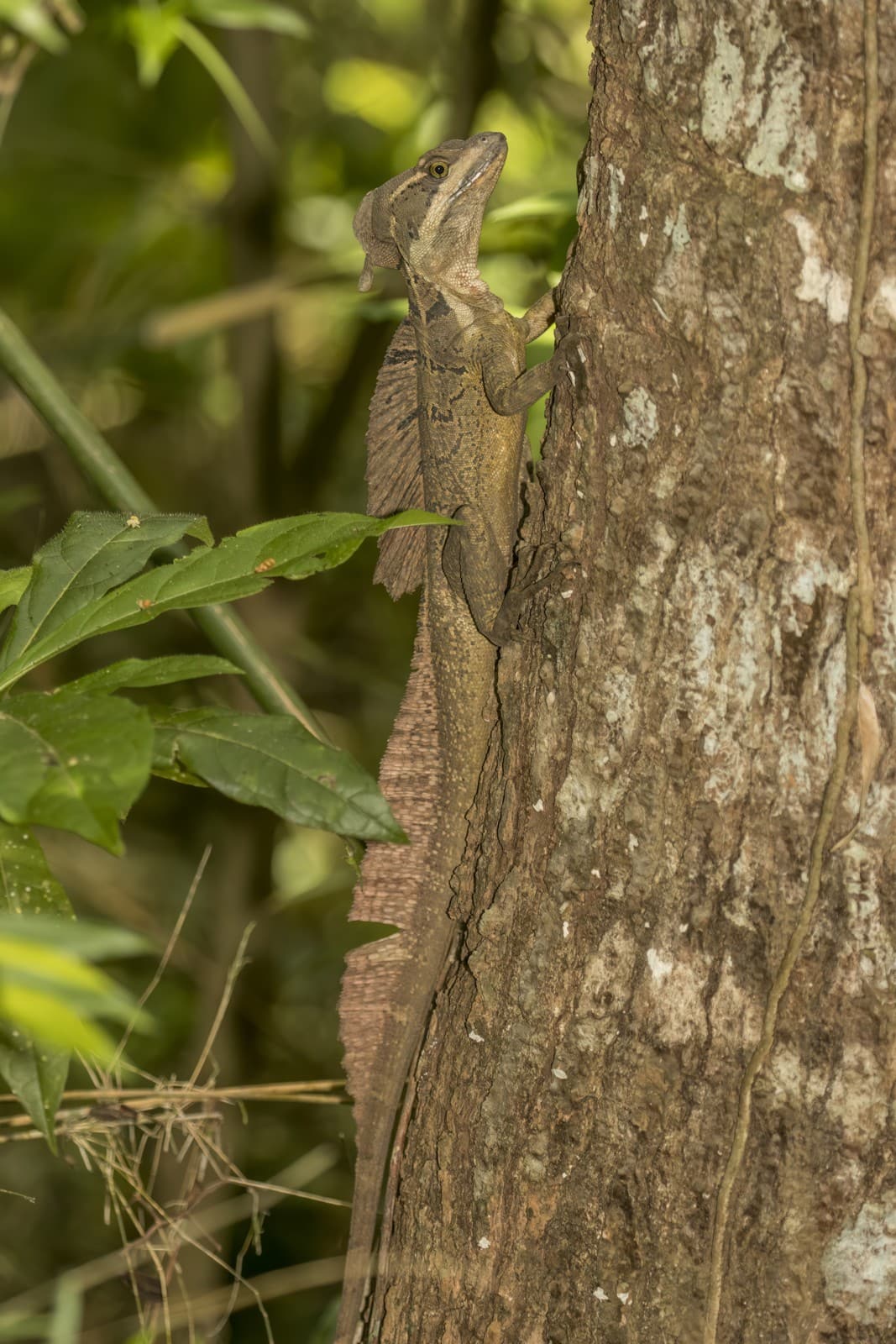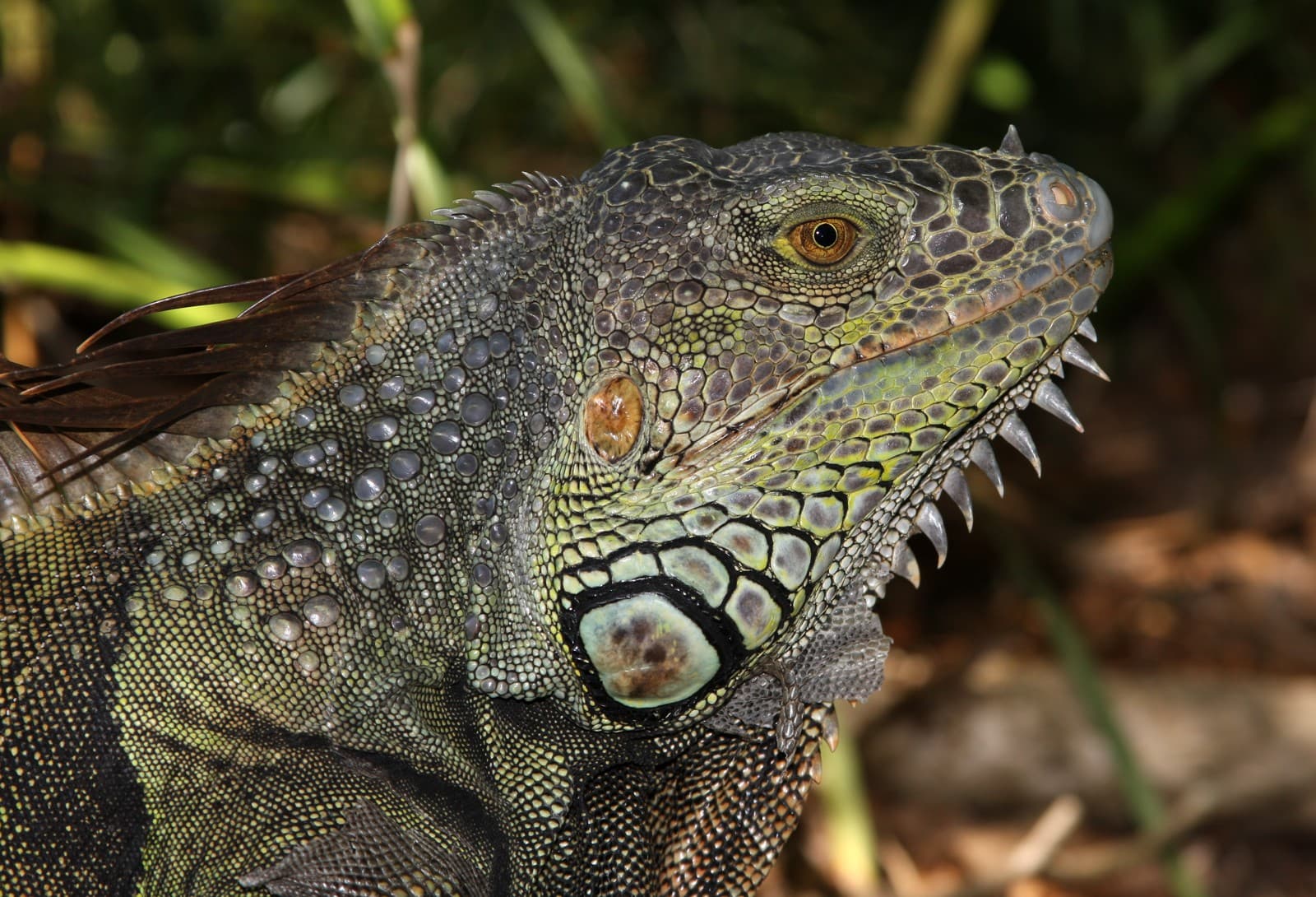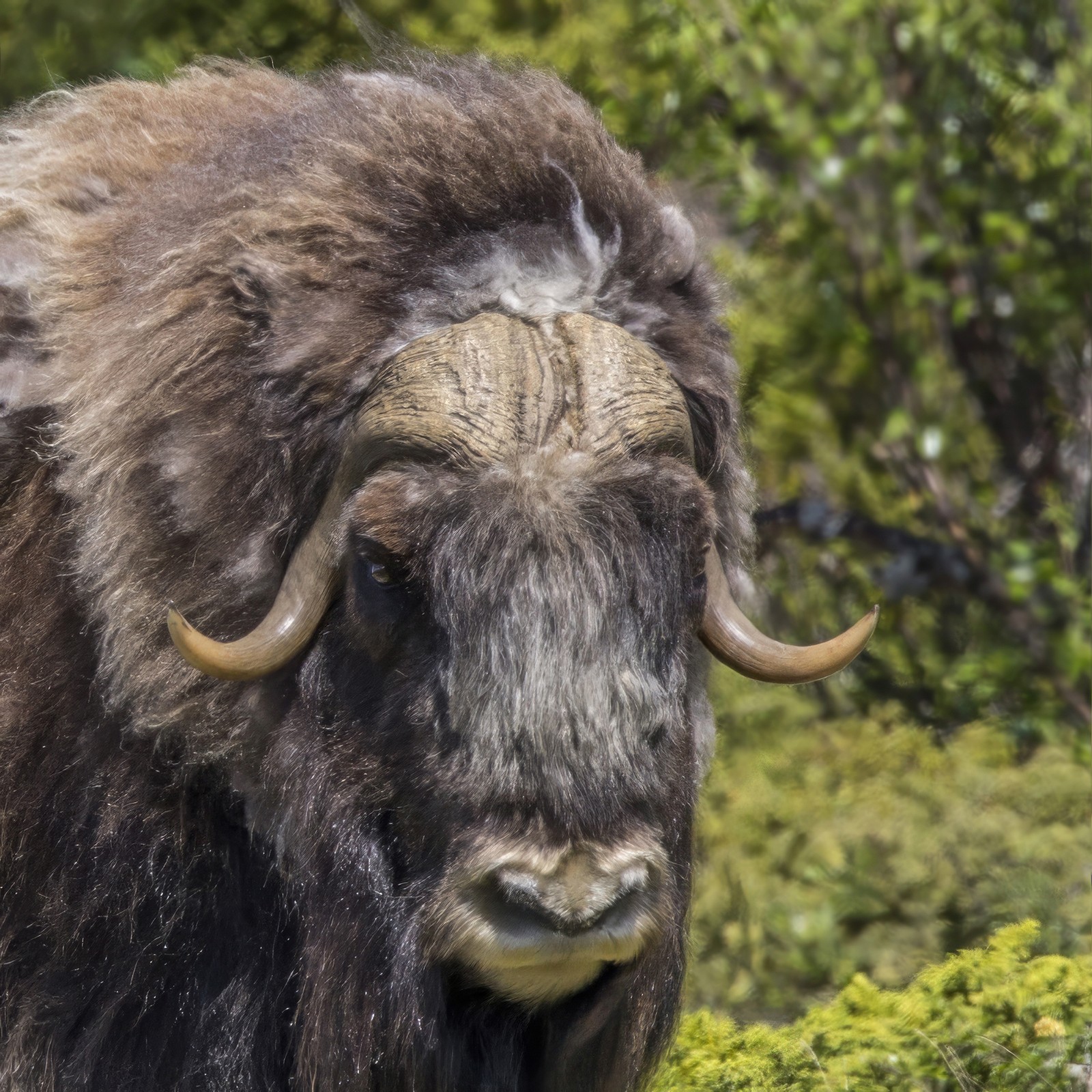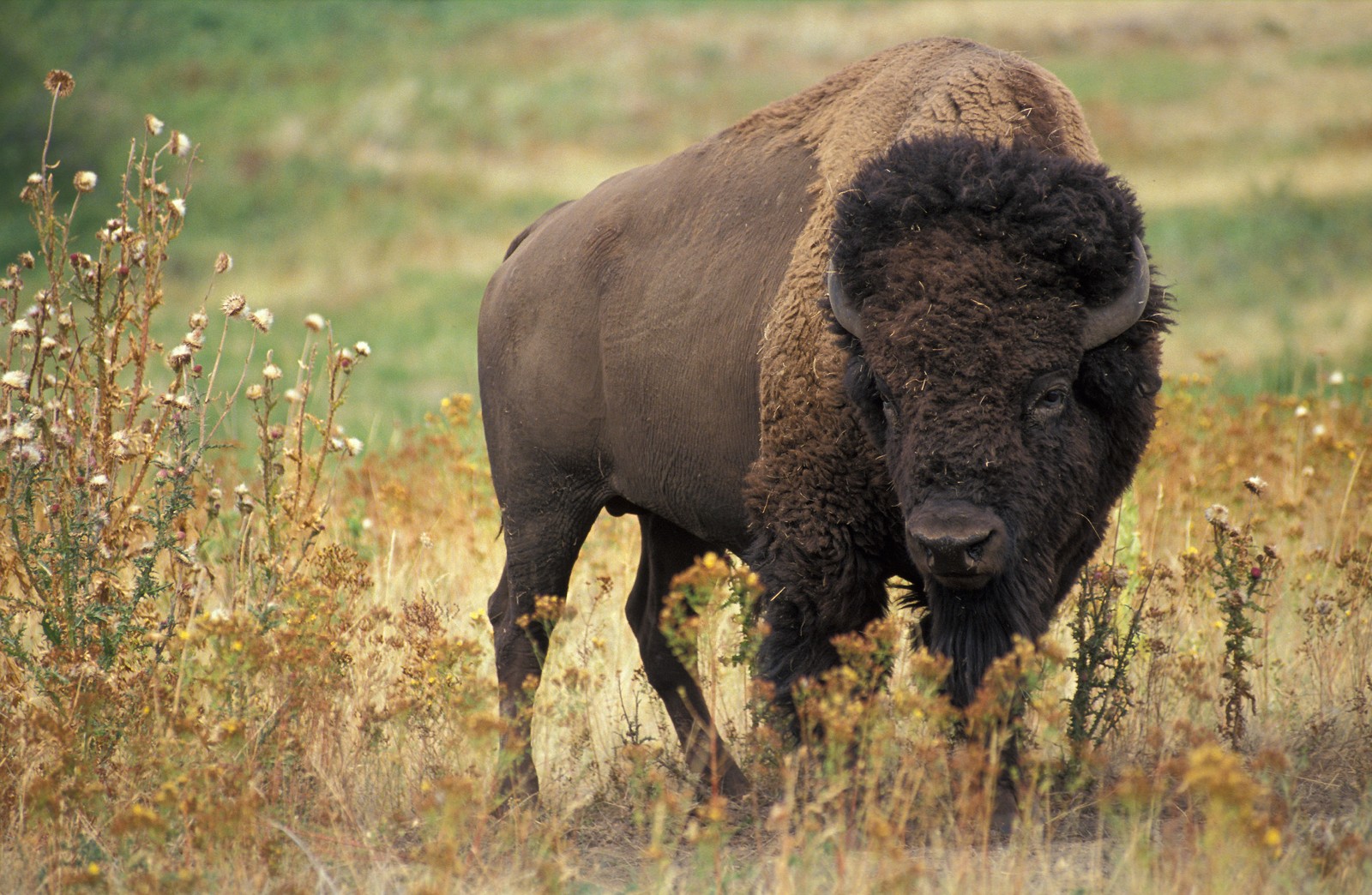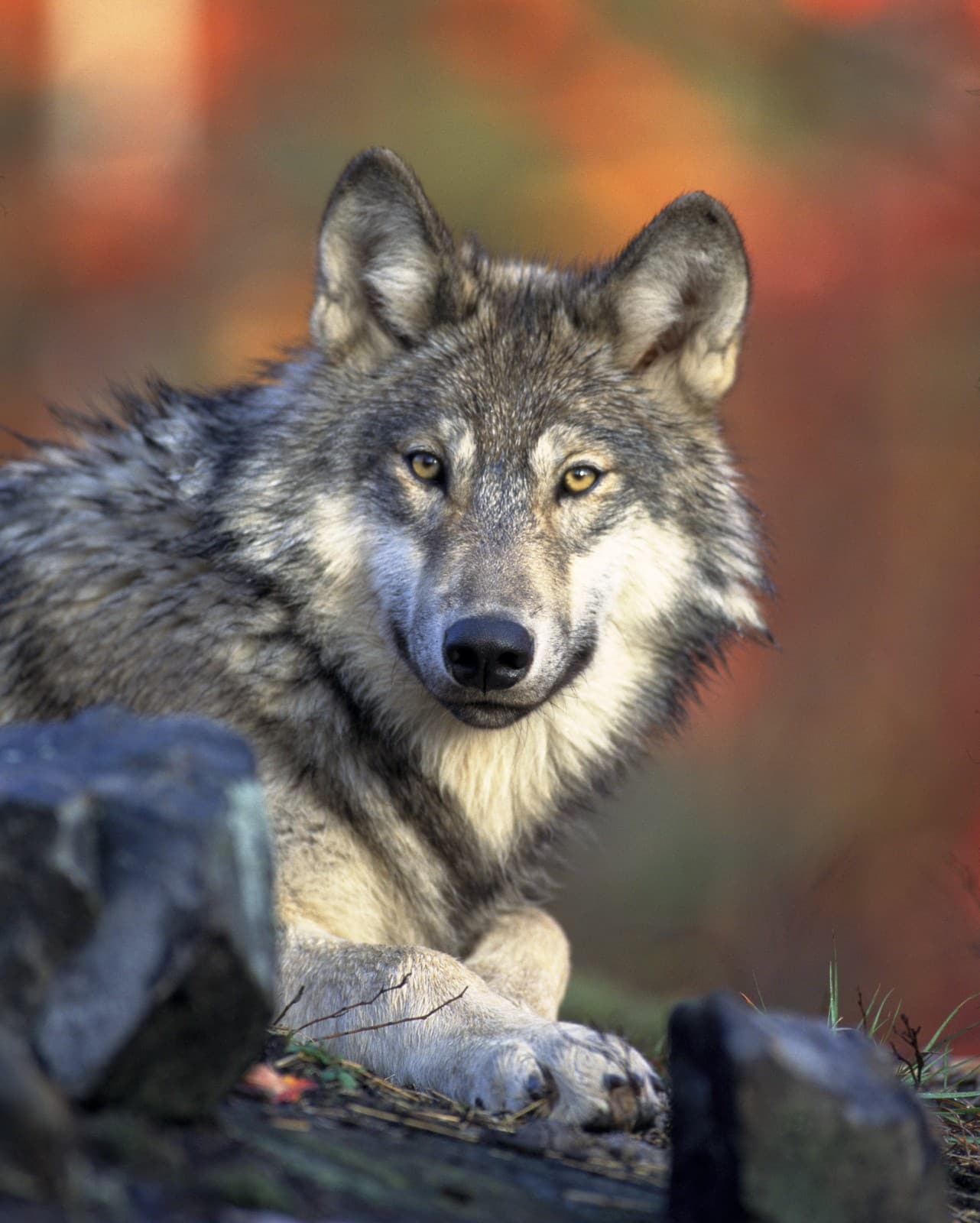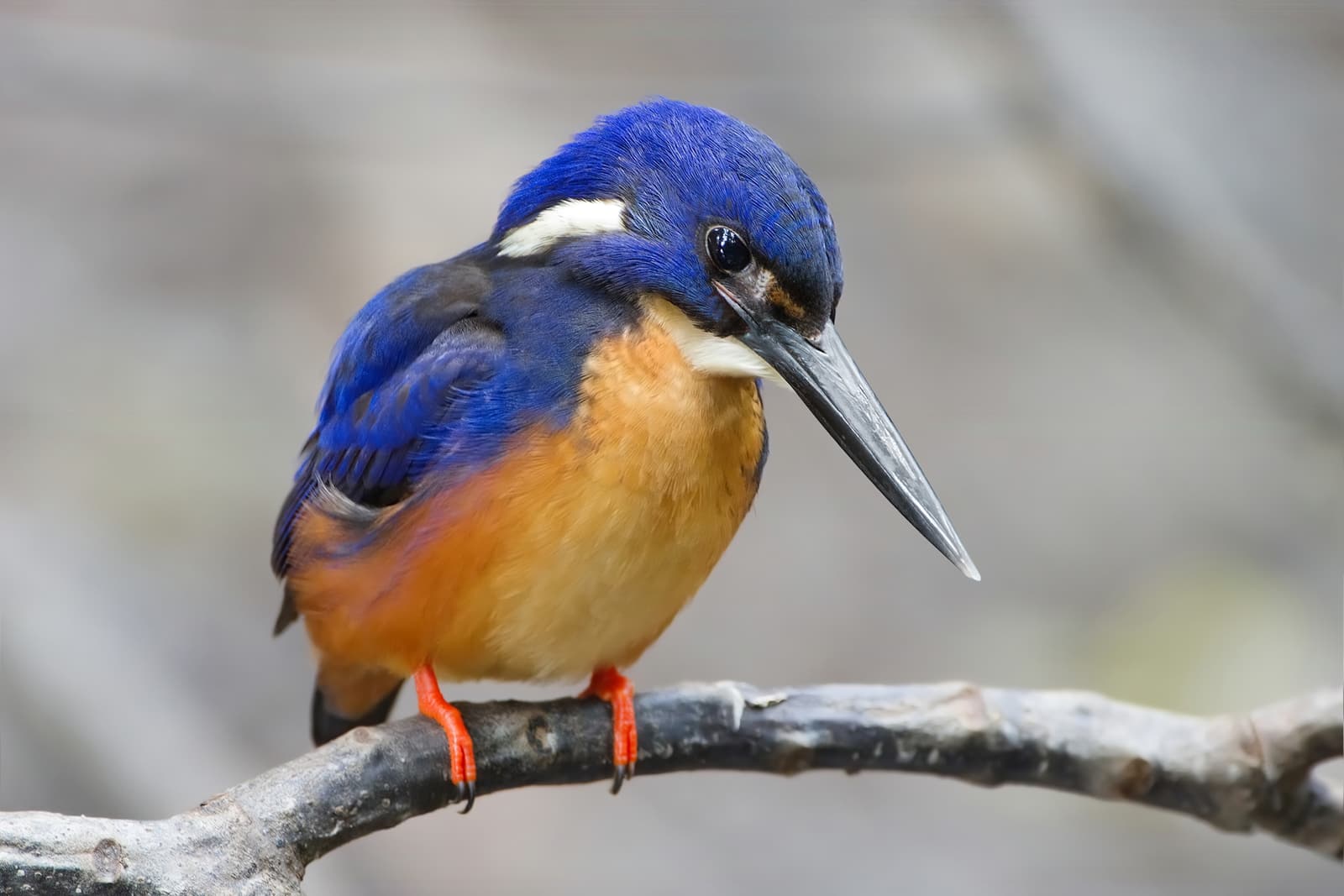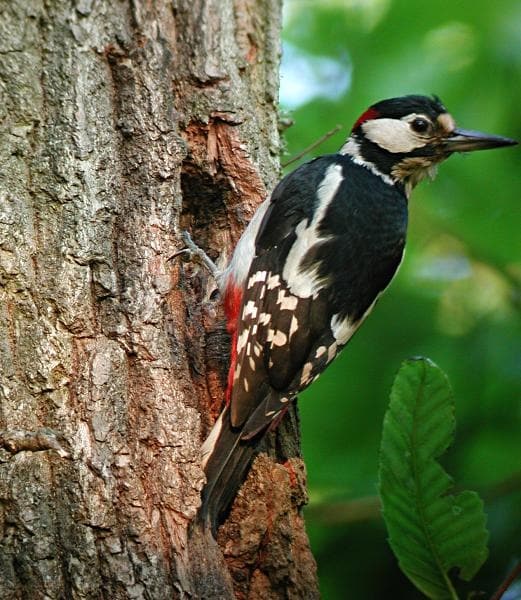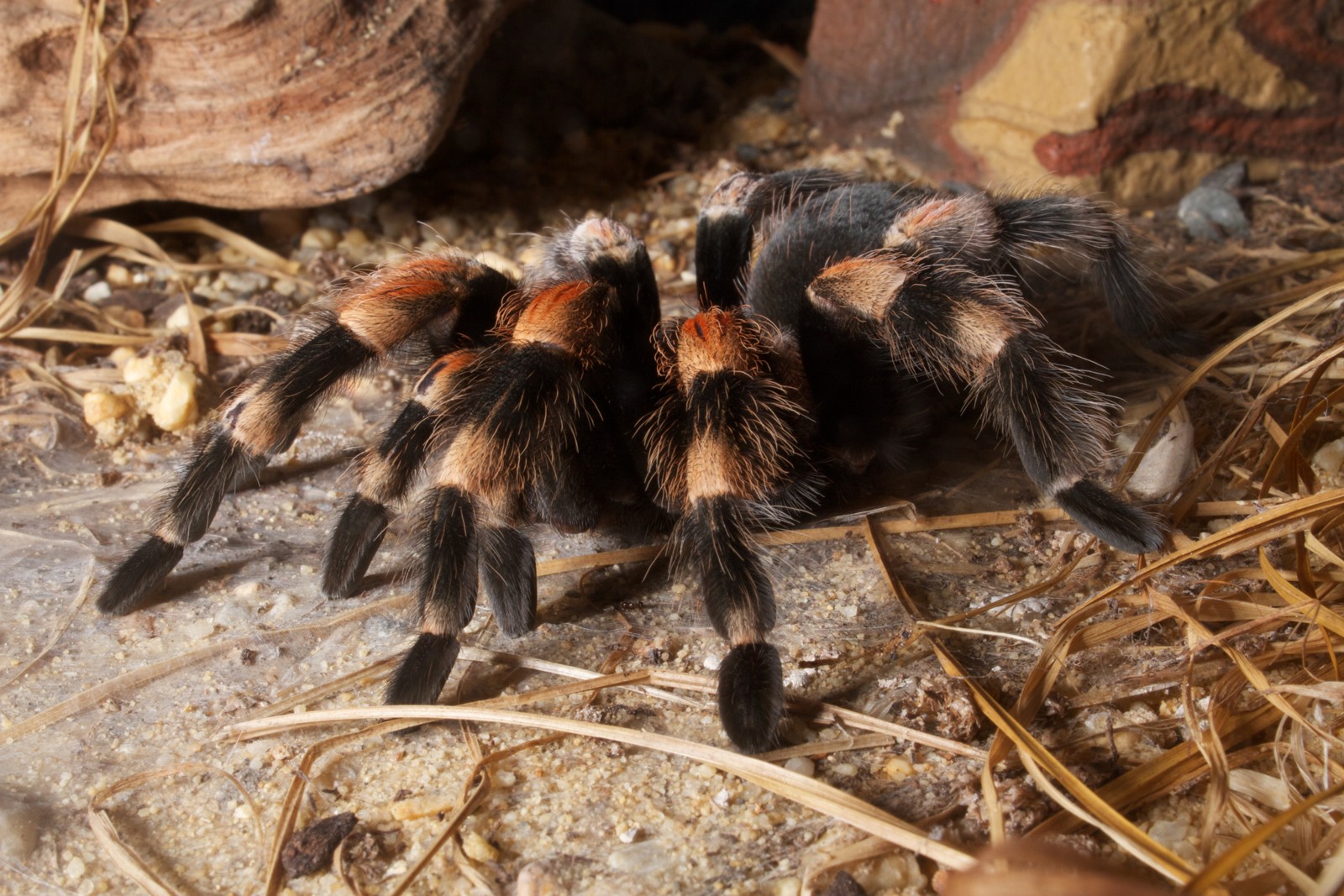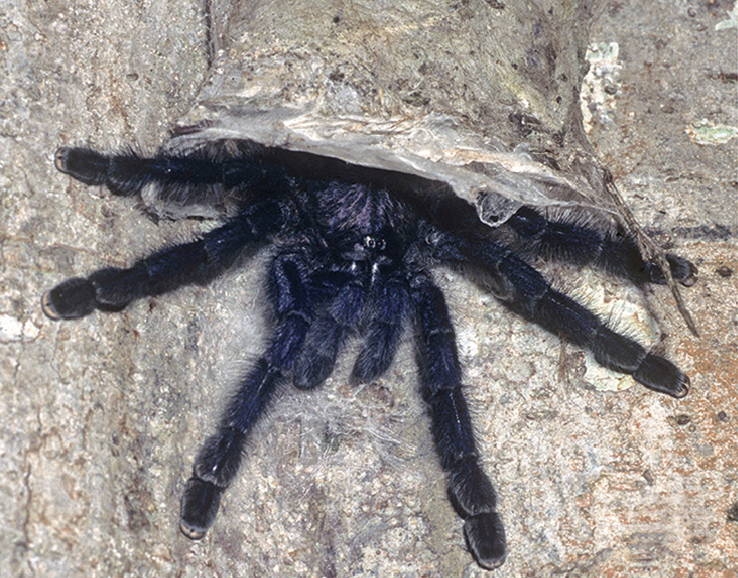Caiman vs Alligator: A Complete Comparison
When comparing caiman vs alligator species, size presents the most striking difference. American alligators typically reach lengths of 11-15 feet (3.4-4.6 meters), while most caiman species are significantly smaller, with the common Spectacled Caiman averaging 6-8 feet (1.8-2.4 meters). Only the Black Caiman rivals alligator dimensions, potentially growing to 14 feet (4.3 meters).
These ancient reptiles, while closely related, have evolved distinct characteristics shaped by their native habitats. Alligators prefer subtropical regions with regulated temperatures, while caimans thrive in tropical environments throughout Central and South America. Let’s explore their key differences and similarities through a detailed comparison.
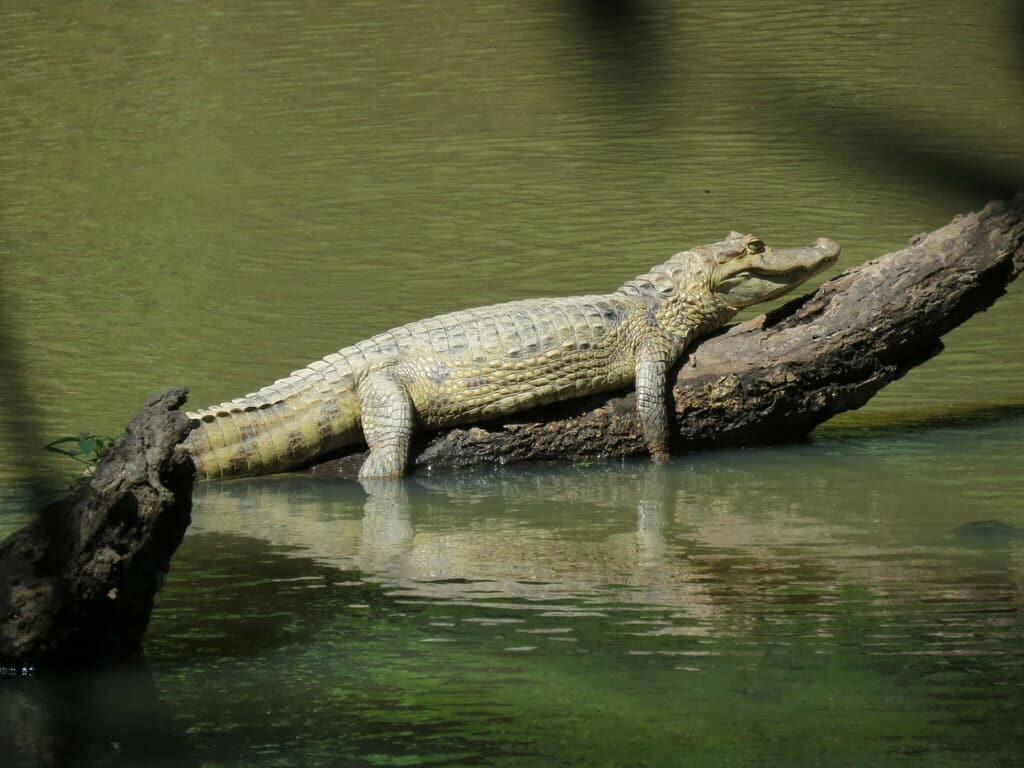
© Vincent A. Vos / CC0
A Spectacled Caiman demonstrates the species’ characteristic features: a more slender snout and prominent eye ridges that give these reptiles their name. Note the yellowish coloration typical of caiman species.
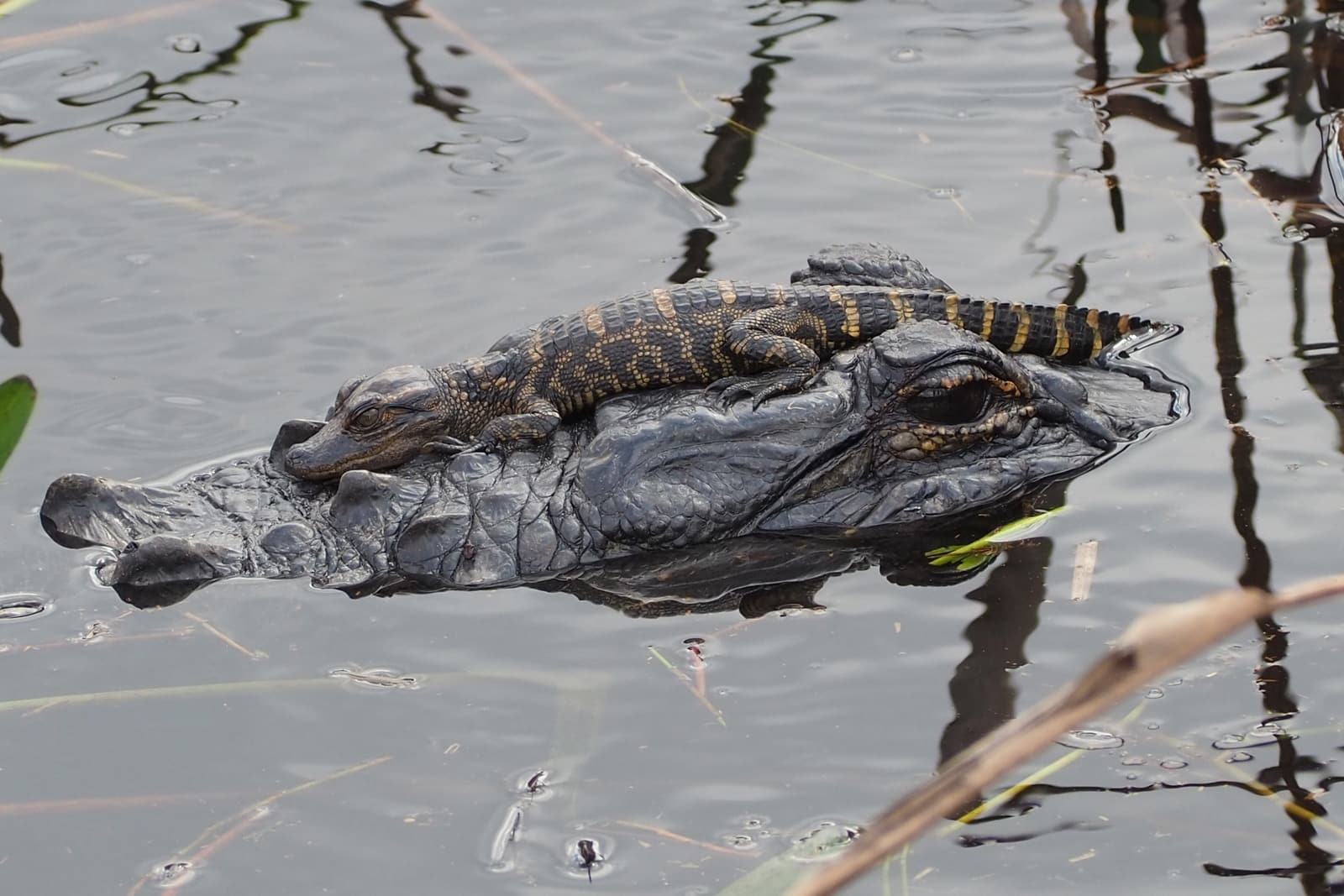
© Zygy / CC0
An American Alligator exhibits the broader, U-shaped snout characteristic of the species. The darker coloration and robust build distinguish it from its caiman cousins.
Key Physical Differences Between Caiman and Alligator
| Feature | Caiman | Alligator |
|---|---|---|
| Size | Most species 6-8 ft (1.8-2.4 m) | 11-15 ft (3.4-4.6 m) |
| Snout Shape | Longer, more slender | Wider, U-shaped |
| Teeth Arrangement | Irregular, some visible when jaw closed | Upper teeth hidden when jaw closed |
| Skin Texture | More pronounced scales, often with calcium deposits | Smoother scales |
| Habitat Range | Tropical Central/South America | Subtropical regions, primarily US/China |
Habitat and Distribution
While both species inhabit freshwater environments, their geographic distributions rarely overlap. Alligators are found primarily in the southeastern United States and China, preferring subtropical climates with seasonal temperature variations. Caimans dominate Central and South American waterways, thriving in tropical conditions with consistent year-round temperatures.
Behavioral Differences
Aggression and Social Structure
Caimans generally display more aggressive territorial behavior than alligators, particularly during breeding seasons. While both species exhibit parental care, alligators are known for more extended periods of offspring protection, sometimes guarding their young for up to two years.
Hunting and Diet
Both reptiles are opportunistic predators, but their hunting strategies differ:
- Alligators: Primarily nocturnal, targeting larger prey like deer, wild boar, and large fish
- Caimans: More active during daylight hours, focusing on fish, birds, and smaller mammals
Who Would Win in a Confrontation?
In a theoretical encounter between similarly-sized specimens, the American alligator would likely dominate due to:
- Superior bite force (2,980 psi vs 2,200 psi for caimans)
- Greater body mass and muscle density
- More robust skull structure
However, it’s important to note that such confrontations would never occur naturally due to their separate geographical distributions.
Conservation Status
Both species face similar conservation challenges:
- Habitat loss due to urban development
- Water pollution impacts
- Human-wildlife conflict
- Climate change effects on breeding patterns
The American alligator represents a rare conservation success story, having recovered from near extinction in the 1960s. Several caiman species, particularly the Black Caiman, remain vulnerable to population pressures.
Evolutionary History
These reptiles share a common ancestor from the Late Cretaceous period, approximately 80 million years ago. Their divergent evolution reflects adaptation to different environmental pressures:
- Alligators evolved for seasonal temperature variations
- Caimans adapted to more consistent tropical conditions
- Both developed specialized hunting strategies for their respective ecosystems
Understanding these magnificent reptiles helps appreciate their crucial roles in maintaining healthy wetland ecosystems, despite their fearsome reputations. While similar in many ways, caimans and alligators have evolved distinct characteristics that make each uniquely suited to their environmental niches.
